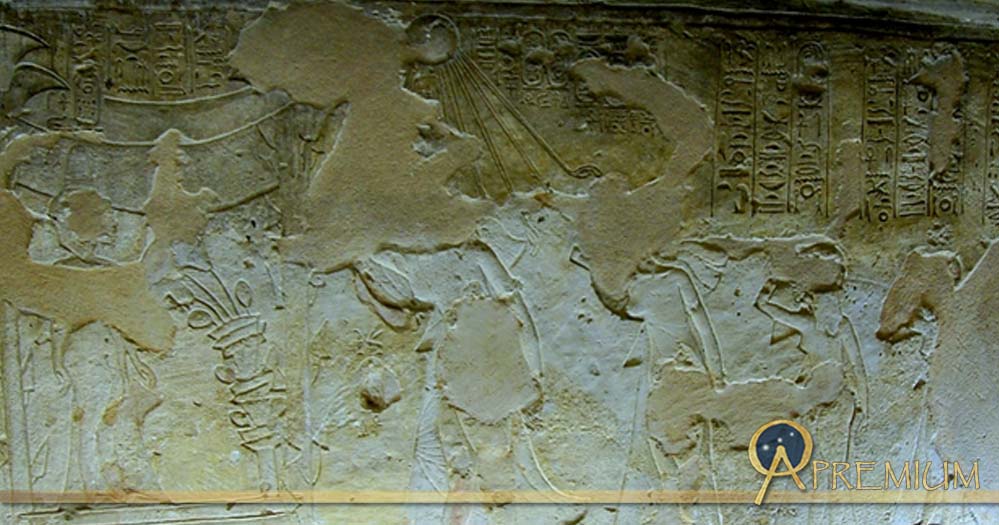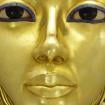Challenges of Infant Mortality in Ancient Egypt: Amulets, Spells and the Divine—Part II
Among all the perils that the ancient Egyptians battled through their use of religion and magic, none came close to the poignant and desperate prayers they made to save the lives of their offspring. In a time when the lack of proper medication and the understanding of how and why diseases struck existed; the people did the very best they could by beseeching the pantheon of gods and goddesses for help. Magical amulets, wands and spells were the most sought-after means of protecting children and their mothers against the influence of malignant forces. So successful were some spells to combat infant deaths, for instance, that they were passed down faithfully through word of mouth from generation to generation.

Mother Love: Detail from a relief shows Pharaoh Seti I as a child sitting on the lap of goddess Isis. Her right arm is resting on his back while she gently caresses his face with her left hand. This scene can be found on the western wall of the Second Hypostyle Hall. Temple of Seti I, Abydos.
Child Protectors Here and Beyond
Egypt’s geography and weather made it an appealing place for venomous reptiles and insects such as snakes and scorpions. Since Heka encompassed magic, healing and the practice of medicine; magicians called Sau supplied charms to ward off the ill effects of bites and protect the wearer from harm. Even water poured over certain idols or statues - such as the idol of ‘Horus the Child’ - whilst prayers were recited was considered ‘holy’ and was said to have medicinal and healing properties. Death, disease and plagues were thought to be an act of a vengeful, angry deity. So, every method was employed to supplicate and placate the gods.

The central scene of the Metternich Stela (Horus-stele or ‘cippus’ stone slabs) shows the figure of the child Horus, or Harpocrates, associated with the newborn sun, with the head of the god Bes above him. He stands on two crocodiles and holds dangerous animals (snakes, scorpion, lion, and antelopes), demonstrating that with supernatural powers even a child can overcome dangers. The inscriptions are a set of 13 spells against poison and illness. These were designed to be said by a physician treating a patient, but their effectiveness could also be absorbed by drinking water that had been poured over the stele. Reign of Nectanebo II. Thirtieth Dynasty. Metropolitan Museum of Art, New York.
Like this Preview and want to read on? You can! JOIN US THERE ( with easy, instant access ) and see what you’re missing!! All Premium articles are available in full, with immediate access.
For the price of a cup of coffee, you get this and all the other great benefits at Ancient Origins Premium. And - each time you support AO Premium, you support independent thought and writing.
Independent researcher and playwright Anand Balaji is an Ancient Origins guest writer and author of Sands of Amarna: End of Akhenaten.
[The author thanks Heidi Kontkanen, Amber St Clare, Susan Ryan and Julian Tuffs for granting permission to use photographs.]
Top Image: The ‘mourning scene’ on the East wall in the Royal Tomb at El-Amarna (TA 26B - Chamber gamma). Akhenaten is shown leading the royal family in grieving the death of Princess Meketaten, their second daughter, who stands inside a pavilion associated with childbirth. Julian Tuffs.
By Anand Balaji


















